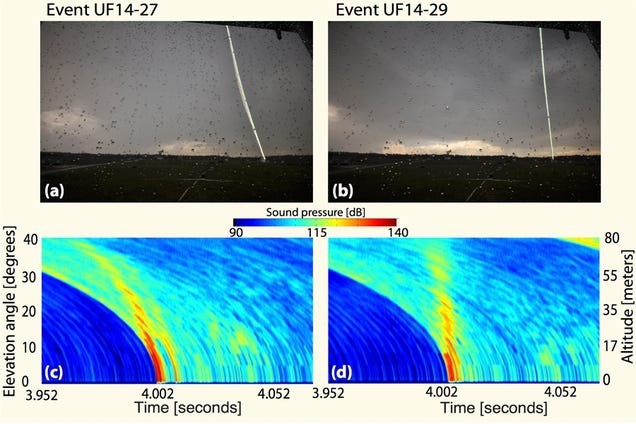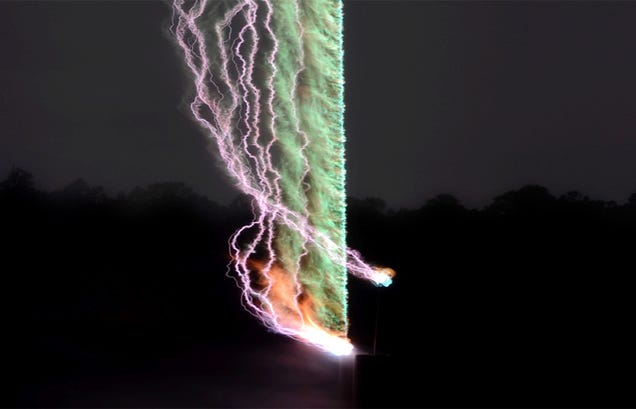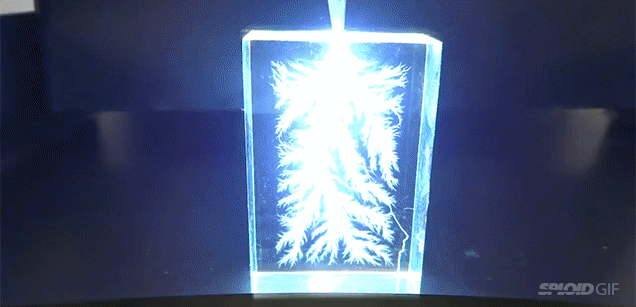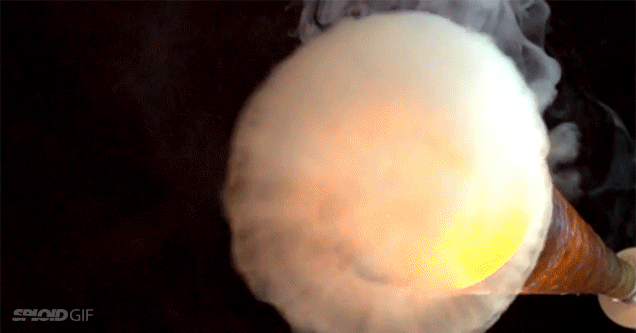Transhumanist
FULL MEMBER

- Joined
- May 2, 2015
- Messages
- 734
- Reaction score
- 36
- Country
- Location
Follow along with the video below to see how to install our site as a web app on your home screen.
Note: This feature may not be available in some browsers.

















Watch the SpaceX Dragon Pad Abort Test

At 9 AM Wednesday morning SpaceX successfully tested the launch abort system for its new commercial crew capsule, which is designed to carry astronauts to the International Space Station by 2017. Everything went as planned, and you can watch the replay of the event here:
Pad Abort Test on Livestream
Today’s critical flight test at SpaceX’s Space Launch Complex 40 (SLC-40) was basically a trial run for the 8-ton prototype spacecraft’s launch escape system. It consists of eight 3D-printed SuperDraco rocket thrusters built into the bottom half of the capsule, that are used in the case of a launch emergency.

Such systems are crucial for the safety of the astronauts: The launch abort system drags the crew and spacecraft away from the rocket as far and as quickly as possible if something goes wrong during the launch. Think of it as an astronauts ejector seat.

“We’re proud to have a launch escape system in case the Falcon 9 is having a bad day, the Dragon crew can get to safety. It’s a capability we had on Gemini and Apollo, and we have it on the Soyuz, but we did not enjoy that on the shuttle. We’re bringing that back to try and make sure our crews are super safe,” said Garrett Reisman, a former astronaut and current director of crew operations at SpaceX to Spaceflight Now. “It doesn’t last long. The boost phase is only a few seconds, and it’s pulling almost 5 G’s when it’s coming off the pad, so it’s going to get out of here in a hurry. My advice to you, if you go outside to watch it, is don’t blink.”
This graphic explains what happened during the event.

According to SpaceX there was a dummy on board the spacecraft, which experienced nearly 5 G’s at takeoff, when the Crew Dragon spacecraft traveled nearly 100 meters (328 ft) in 2 seconds, and more than half a kilometer (1/3 mi) in just over 5 seconds.

Update 1: less than 5 minutes until the test, all weather conditions are perfect for the launch.

Update 2: all systems are “go” for the launch.
Update 3: pad abort test was conducted successfully!
Update 4: Parachutes deployed, Dragon capsule is now floating in the water as expected. Now it is confirmed: pad abort test was successful.
@Nihonjin1051 @AMDR @Peter C @C130 @SvenSvensonov







*I've decided to respond to this in the following way:















Ames Laboratory scientists create new lower cost magnetic alloy
Karl A Gschneidner and fellow scientists at the US Department of Energy’s Ames Laboratory, Iowa, USA, have created a new magnetic alloy that is an alternative to traditional rare-earth permanent magnets.
The new alloy, a potential replacement for high-performance permanent magnets found in automobile engines and wind turbines, eliminates the use of one of the scarcest and costliest rare earth elements, dysprosium, and instead uses cerium, the most abundant rare earth.
The result, an alloy of neodymium, iron and boron co-doped with cerium and cobalt, is a less expensive material with properties that are competitive with traditional sintered magnets containing dysprosium.
Experiments performed at Ames Laboratory by post-doctoral researcher Arjun Pathak and Mahmud Khan (now at Miami University) demonstrated that the cerium-containing alloy’s intrinsic coercivity - the ability of a magnetic material to resist demagnetisation - far exceeds that of dysprosium-containing magnets at high temperatures. The materials are at least 20 to 40% cheaper than the dysprosium-containing magnets.
“This is quite exciting result. We found that this material works better than anything out there at temperatures above 150° C,” stated Gschneidner. “It’s an important consideration for high-temperature applications.”
Previous attempts to use cerium in rare-earth magnets failed because it reduces the Curie temperature, the temperature above which an alloy loses its permanent magnet properties. The research team discovered, however, that co-doping with cobalt allowed them to substitute cerium for dysprosium without losing desired magnetic properties.
Finding a comparable substitute material is key to reducing manufacturing reliance on dysprosium as the current demand for it far outpaces mining and recycling sources for it.
The paper, “Cerium: An Unlikely Replacement of Dysprosium in High Performance Nd-Fe-B Permanent Magnets” was published in Advanced Materials, and co-authored by Arjun K. Pathak, Mahmud Khan, Karl. A. Gschneidner, Ralph W. McCallum, Lin Zhou, Kewei Sun, Kevin W. Dennis, Matthew J. Kramer and Vitalij Pecharsky of the Ames Laboratory; Chen Zhou of MEDA Engineering and Technical Services LLC; and Frederik E. Pinkerton of General Motors R&D Center.
The research was supported by the US Department of Energy’s ARPA-E REACT program (Advanced Research Projects Agency-Energy–Rare Earth Alternatives in Critical Technologies) which develops cost-effective alternatives to rare earths, the naturally occurring minerals with unique magnetic properties that are used in electric vehicle (EV) motors and wind generators. The REACT projects identify low-cost and abundant replacement materials for rare earths while encouraging existing technologies to use them more efficiently.





